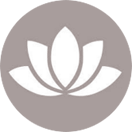WINE TOURS IN ALSACE
Savour wines from Alsace
Whether you’re a fan of Alsatian wines or don’t know much about them yet, a wine tour along the Alsace wine route, stretching from the Vosges mountain range to the Rhine River plain, is a great opportunity to learn more. The region’s white wines are among the most generous and fruity in France. But Alsace also offers sparkling, red and rosé wines produced by organic and biodynamic winegrowers who’ll be happy to accompany you during estate tours, wine tastings and pairings with local gourmet dishes (even if you can’t quite pronounce the names of their wines)!
-
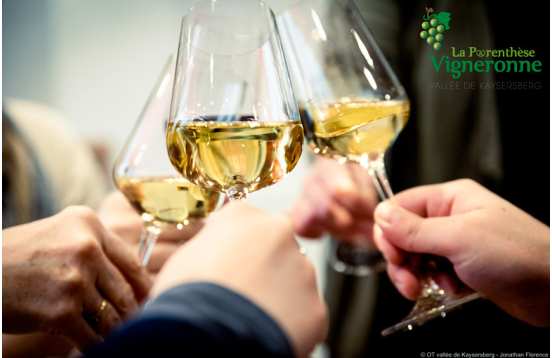 from
160 €
per pers.
The Valley of Kaysersberg, birthplace of Great Vintages from Alsace, invites you to discover its greatest wines during surprising tastings with winemakers.2 days | 1 night
from
160 €
per pers.
The Valley of Kaysersberg, birthplace of Great Vintages from Alsace, invites you to discover its greatest wines during surprising tastings with winemakers.2 days | 1 night -
 from
139,50 €
per pers.
Let's visit the oldest wine route in France: stroll along the typical Alsace villages and stop at the wine-estate for convivial tastings.2 days | 1 night
from
139,50 €
per pers.
Let's visit the oldest wine route in France: stroll along the typical Alsace villages and stop at the wine-estate for convivial tastings.2 days | 1 night -
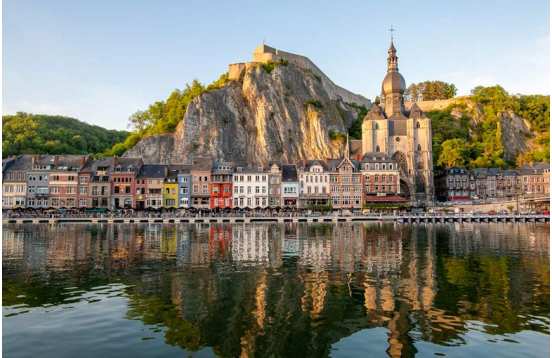 from
199 €
per pers.
NewStay in the heart of the vast forests and valleys of the Ardennes just 2 hours from Paris, Lille and Brussels: brewery tour, beer tasting and bike ride!2 days | 1 night
from
199 €
per pers.
NewStay in the heart of the vast forests and valleys of the Ardennes just 2 hours from Paris, Lille and Brussels: brewery tour, beer tasting and bike ride!2 days | 1 night -
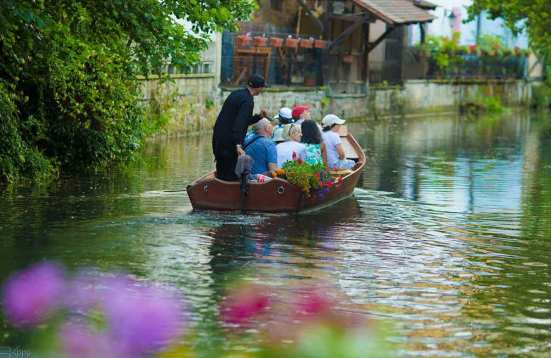 from
375 €
per pers.
A trip back in time awaits you at Château d’Isenbourg, a magnificent building that stands looking out over the Alsace's vineyards. Enjoy a break close to the charming village of Rouffach and featuring a combination of fine food and relaxing activities.2 days | 1 night
from
375 €
per pers.
A trip back in time awaits you at Château d’Isenbourg, a magnificent building that stands looking out over the Alsace's vineyards. Enjoy a break close to the charming village of Rouffach and featuring a combination of fine food and relaxing activities.2 days | 1 night -
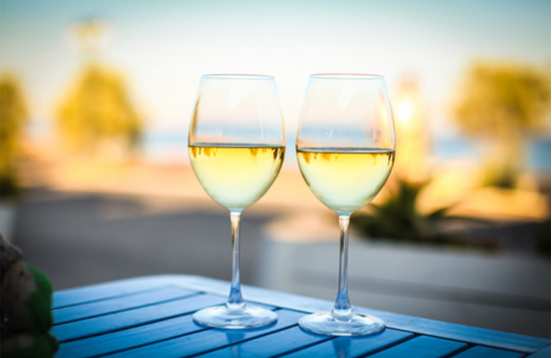 from
355 €
per pers.
Off the beaten track and away from tourist sites and the Alsacienne wine route, you can take the time to be just the two of you. You will stop over at Schaeferhof, a charming setting and meet our independent winemakers for exclusive tastings.3 days | 2 nights
from
355 €
per pers.
Off the beaten track and away from tourist sites and the Alsacienne wine route, you can take the time to be just the two of you. You will stop over at Schaeferhof, a charming setting and meet our independent winemakers for exclusive tastings.3 days | 2 nights -
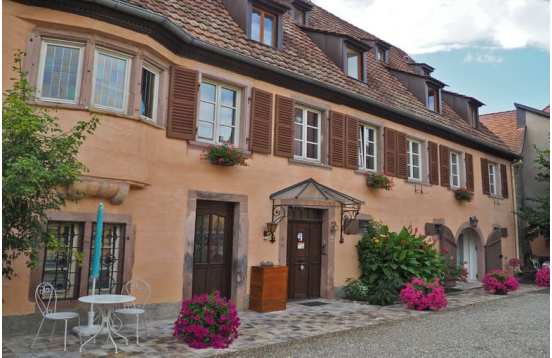 from
350 €
per pers.
Passionate about Alsace vineyard or just curious to discover it? Go off to discover this atypical vineyard and meet its welcoming wine-makers.3 days | 2 nights
from
350 €
per pers.
Passionate about Alsace vineyard or just curious to discover it? Go off to discover this atypical vineyard and meet its welcoming wine-makers.3 days | 2 nights -
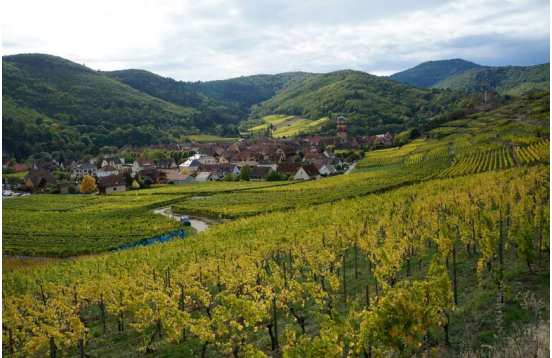 from
85 €
per pers.
NewTravel along the oldest wine route in France, spanning over 170 km, and meet dedicated and passionate winemakers. Between culture and wine, you will be charmed by the delights of Alsace.1 day
from
85 €
per pers.
NewTravel along the oldest wine route in France, spanning over 170 km, and meet dedicated and passionate winemakers. Between culture and wine, you will be charmed by the delights of Alsace.1 day -
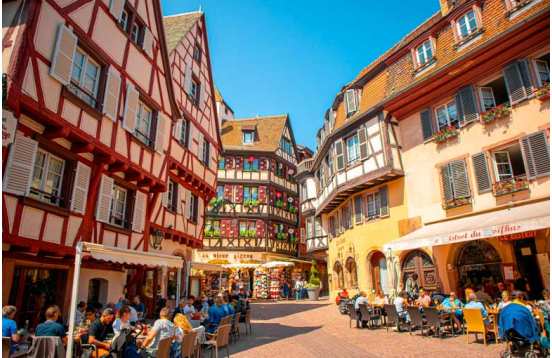 from
243 €
per pers.
Embark on a journey to discover the brewing and winemaking secrets of Alsace. Combining a playful exploration of Alsatian beer and the picturesque landscapes of the Alsace Wine Route, your stay takes you to meet the wine and beer producers of the region.2 days | 1 night
from
243 €
per pers.
Embark on a journey to discover the brewing and winemaking secrets of Alsace. Combining a playful exploration of Alsatian beer and the picturesque landscapes of the Alsace Wine Route, your stay takes you to meet the wine and beer producers of the region.2 days | 1 night -
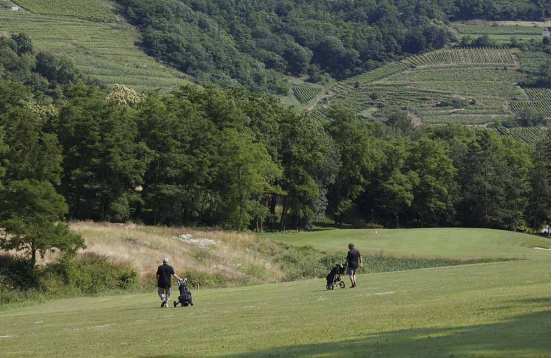 from
680 €
per pers.
Ammerschwihr Golf course is located in the heart of Alsace Grand Cru: Pfersigberg, Sonneglanz, Furstentum, Zellenberg, Schoenenbourg ... a world apart you can enter with our help3 days | 2 nights
from
680 €
per pers.
Ammerschwihr Golf course is located in the heart of Alsace Grand Cru: Pfersigberg, Sonneglanz, Furstentum, Zellenberg, Schoenenbourg ... a world apart you can enter with our help3 days | 2 nights -
 from
260 €
per pers.
Become a one-day grape picker! The Alsace winemakers welcome you for a very special moment in the vineyard during the wine harvest season. A wonderful experience to share with friends and family.2 days | 1 night
from
260 €
per pers.
Become a one-day grape picker! The Alsace winemakers welcome you for a very special moment in the vineyard during the wine harvest season. A wonderful experience to share with friends and family.2 days | 1 night -
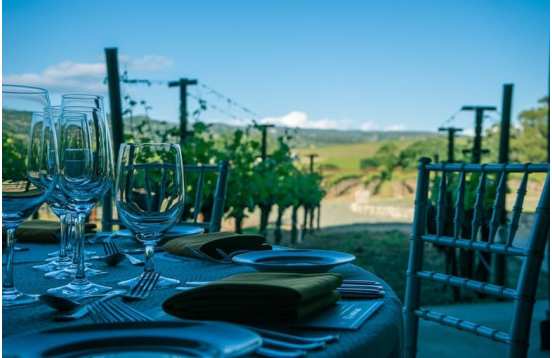 from
595 €
per pers.
Forget sauerkraut and other fried carp. Keeping in mind the roots of Alsatian cuisine, today it is inventive and dynamic and enhances perfectly the aromatic qualities of Alsatian wines.3 days | 2 nights
from
595 €
per pers.
Forget sauerkraut and other fried carp. Keeping in mind the roots of Alsatian cuisine, today it is inventive and dynamic and enhances perfectly the aromatic qualities of Alsatian wines.3 days | 2 nights -
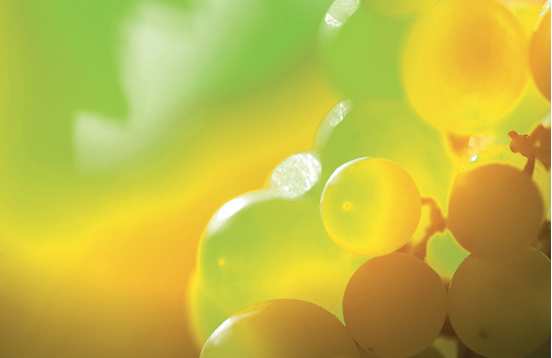 from
220 €
per pers.
In Alsace, there are many winemakers converted to biodynamics. Soak up this philosophy during your stay between the Vosges and the vineyard, a holistic pause.3 days | 2 nights
from
220 €
per pers.
In Alsace, there are many winemakers converted to biodynamics. Soak up this philosophy during your stay between the Vosges and the vineyard, a holistic pause.3 days | 2 nights
Alsace wines and appellations
Alsace produces wines that are closely tied to grape varieties, which is why, unlike most other French wine regions, the wines are labelled by grape variety. You’ve probably heard of varieties like Riesling, Pinot Gris and Muscat but the other famous varieties include Sylvaner, Chasselas and Gewürztraminer, which is renowned for its intense, aromatic profile. In addition to wines labelled by variety, there are AOC Alsace, AOC Alsace Grand Cru and AOC Crémant d’Alsace (sparkling wines). In short, it is said that wines from Alsace are a blend of French elegance and German precision.
What’s cooking in Alsace?
On VINOTRIP wine tours, if local or traditional is what you’re after, your hosts will most likely suggest a glass of Gewürztraminer, which pairs wonderfully with sauerkraut or a strong cheese like Munster. A glass of Alsace Chasselas is an unbeatable choice with the local tarte flambée known as flammekueche. Riesling wines are versatile, and their aromatic, often high-acid profiles make them a great match for spicy Asian cuisine or seafood and chicken dishes. And as an aperitif or with a light dessert, a Crémant d’Alsace is a must! For lighter dishes, like fresh salads, a Muscat is always an excellent choice.
Alsace tour highlights
There are plenty of things to admire along Alsace’s 170-kilometer wine route – the oldest in France – such as the traditional half-timbered houses. If you stay in Strasbourg before or after visiting the vineyards, make sure to visit the Cathedral of Our Lady of Strasbourg. Another favourite is Colmar, located in the heart of the Alsatian vineyards, with its especially sunny climate that is ideal for winegrowing. You can wander down the cobblestone streets in the well-preserved old town, or view its architectural landmarks as you go on a boat ride down the River Lauch. And if you’re visiting at the right time of year, the region’s Christmas markets are also a major highlight, showcasing local arts and crafts.
Getting to Alsace
By plane: Direct flights from London to Strasbourg take just 1 hour 40 minutes and then a shuttle train between the airport and the city centre only takes another 8 minutes! Other flights, all under 2 hours, are available from Amsterdam, Berlin, Rome, Barcelona and Madrid.
By train: the best way to get from England to Alsace is by train via Paris. Take the high-speed train (TGV) from the Paris Gare de l’Est station to reach Strasbourg in under 2 hours.
By car: Alsace’s motorways provide easy access if you plan to drive to the Alsatian vineyards from Germany (Frankfurt: 2 hr 15), Switzerland (Zurich: 1 hr 30), or even Brussels (4 hr 30), Milan (4 hr 30) or Vienna (8 hr 30).





